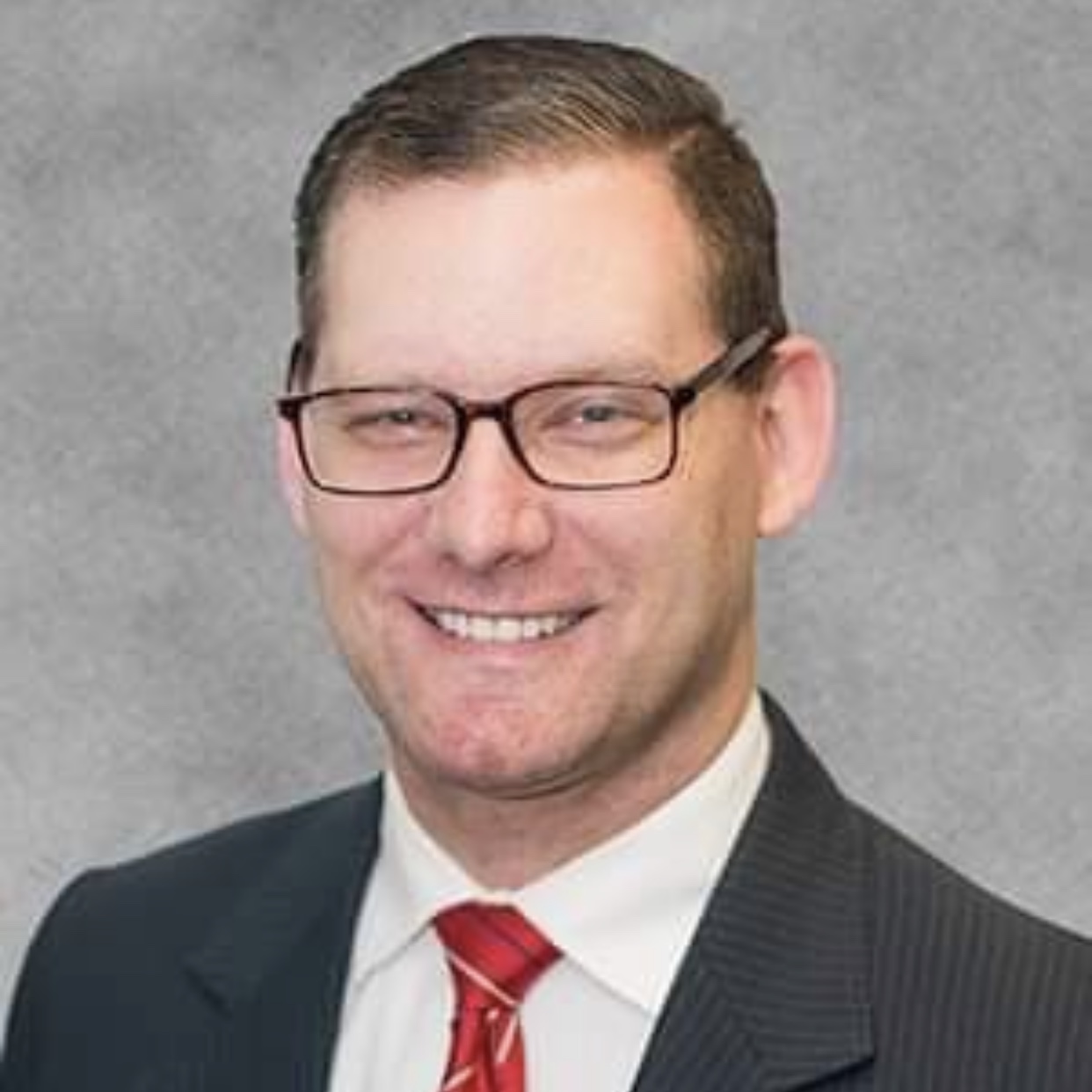
City Council Updated on City Sewer Inspection Work
The Midland City Council received a report by the City’s Wastewater Director, Patrick Frazee, on Monday night about the sewer inspection work of RedZone Robotics.
RedZone was hired by the City to perform condition assessments of 202 miles of sanitary sewer lines. The main goal, based on flood of 2017, was to provide the City with an overview of the collection system. RedZone completed one pass of the system, by using robots with cameras in sewer pipes, and ranked pipes in the City from zero to five, in terms of damage. RedZone then provides that information to the City’s staff.
In 2017, the City spent $289,000 on a storm and sanitary sewer study. The study recommended $63 million in “top priority” fixes. The early action items from the study, Mr. Frazee told the Council on Monday, included flow metering, model refinement and the inspection of the gravity sewer system.

The RedZone project had an estimated completion date by the end of the first quarter of 2020. The project did not meet that deadline. Mr. Frazee told the Council that the new estimated completion date is the end of this year.
Mr. Frazee said that he pulled the City’s workers from the sewers in March due to Gov. Gretchen Whitmer’s executive orders and the COVID-19 pandemic, however after the Sanford and Edenville dam failures, sewer workers returned.
Mr. Frazee will return in front of the Council in December, he said, to present a comprehensive update on all flood response activities as they relate to the 2017 flood study.
“That work has not slowed down this year due to the flood and pandemic, we have lots of data, lots of time, so we have had extra time to work on some of those projects,” he said.
Several residents participated in the public comment portion of the presentation, expressing concern of the timing of the sewer work and the real-world effects on residents when it comes to the impact of flood events.
“We spent I don’t how much time talking about data points and measuring — which is fine — but I don’t really care about that,” Laurie Oriel said during the meeting. “I care about the $250,000 in damage that was done. And I’m trying to figure out where we are on that. I think that’s what we should be spending time on — not measurements and data.”
City Manager C. Bradley Kaye attempted to address the questions and comments from residents.
“We are doing what we can within the allotted budget,” he said. “There’s only so much we can do with the available funds today.”
Mr. Kaye said that the City is confident that the planned fixes will improve the system, but also said it’s important to understand what the system is designed to do.
“We can’t make promises, if we have another dam failure for instance, that we won’t continue to have problems in the system. We will continue to move toward that, to move toward improvements, but there’s always that risk depending on the level and severity of the storm,” Mr. Kaye said.
Mr. Frazee said that the main goal of the planned improvements was to bring the City back to a 25-year level of service.
“It goes back to the study brought to Council in 2017,” Mr. Frazee said. “That study was aimed at ‘how do we bring the city back to a 25 year level of service?’ and that’s what we have been working on the past few years.”
Councilman Steve Arnosky, who represents a majority of the flood-affected homeowners, in Ward 3, acknowledged that the public comments of residents have to do with worrying about the future.
“The guts of the questions were, if we make these improvements, make these changes, align it and fix the connection; does that solve the problem going forward into the future or not? That’s really the guts of all these questions tonight, is, will this happen again?”

Michael Westendorf is the chairman and executive editor of Chemical City Paper. As Executive Editor, he leads the City Paper’s news coverage and editorial team.

